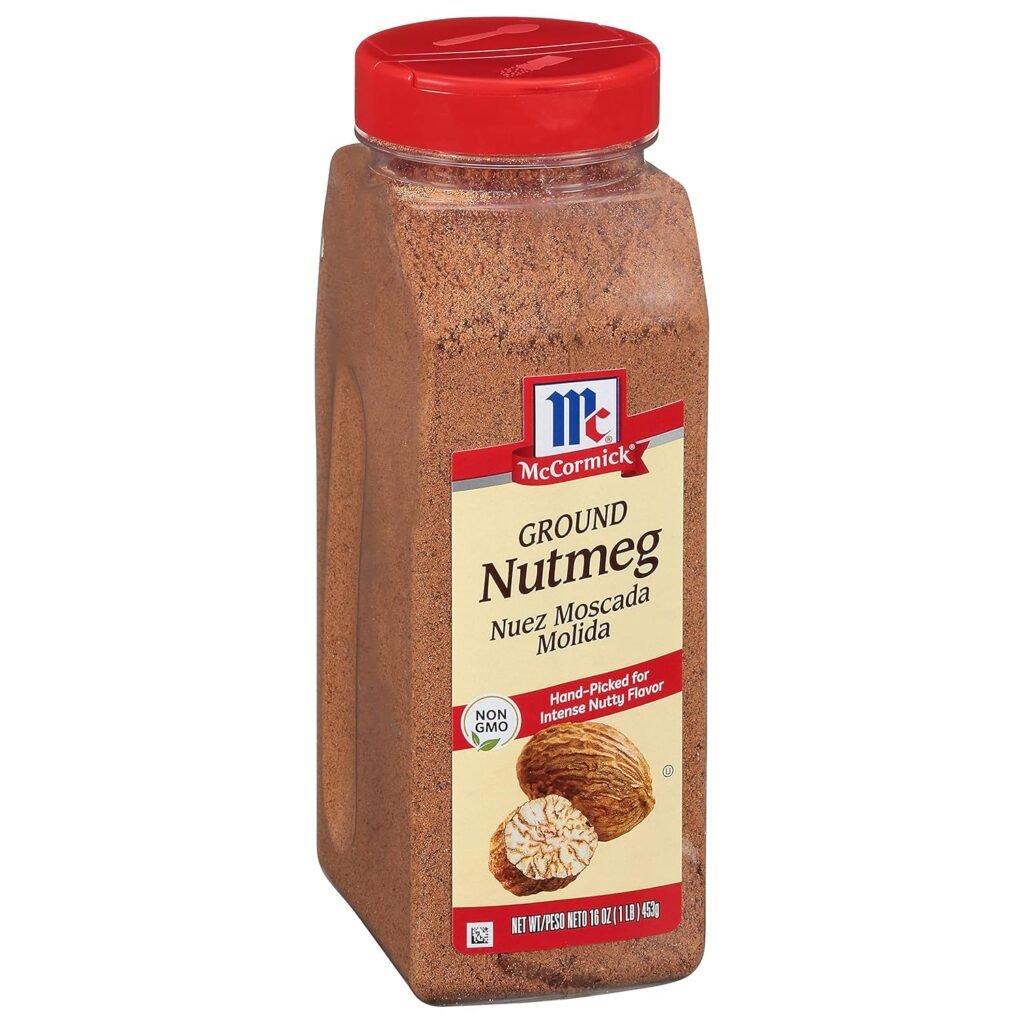Understanding Deli Meat and Its Freezing Potential
Deli meat, often referred to as lunch meat or cold cuts, encompasses a variety of cooked or cured meats that are sliced and served cold. Common types include ham, turkey, salami, roast beef, and various blends. These meats are available in two primary formats: freshly sliced meats from a deli counter, where customers select their desired quantity, and pre-packaged options found in grocery stores. Both formats offer convenience and versatility in meal preparation, making them a staple in many households.
The appeal of deli meat lies in its adaptability. It can be used in salads, sandwiches, wraps, and as a savory addition to charcuterie boards. This versatility has solidified its place in everyday dining, especially for quick meals or snacks. However, the shelf life of deli meats can be limited, particularly when left in the refrigerator, which may lead to spoilage and a decline in taste and texture. This is where freezing deli meat becomes a practical solution to preserve both freshness and flavor.
When freezing deli meat, it is imperative to follow proper techniques to ensure quality and safety. Initially, deli meats should be stored in airtight packaging or vacuum-sealed bags to prevent exposure to air, which can cause freezer burn and negatively affect the food’s quality. Additionally, labeling packages with the freezing date helps to keep track of how long they have been stored. By adhering to proper freezing methods, one can extend the shelf life of these meats significantly, ensuring that they remain safe to consume while retaining their original taste and texture.
Best Practices for Freezing Deli Meat
Freezing deli meat effectively is crucial for preserving its freshness and flavor, and it begins with proper preparation. The first step is to choose high-quality deli meats that are fresh and have not yet reached their expiration date. Immediately after purchase, you should prepare for freezing to minimize the risk of spoilage. Food safety specialists recommend that deli meats be frozen as soon as possible, ideally within two days of purchase, to ensure the best taste and quality.
When it comes to packaging, the right materials can make all the difference in inhibiting freezer burn, a common issue that can affect the texture and flavor of deli meat. It is advisable to use airtight packaging. Vacuum-sealing is one of the most effective methods, but if that is not available, using heavy-duty freezer bags can also work well. Ensure to press out as much air as possible before sealing, as excess air is a leading contributor to freezer burn. For additional protection, consider wrapping the deli meat in aluminum foil or wax paper before placing it in a freezer bag.
As for the temperature, maintaining a consistent freezing temperature is vital for keeping the quality of the meat intact. The recommended freezer temperature is 0°F (-18°C) or lower, which guarantees that the meat will remain safe for consumption over time. Once frozen, deli meats can typically maintain their best quality for up to two months, although they can remain safe to eat beyond that period. It is prudent to label packages with the date of freezing to keep track of how long each item has been stored.
By following these best practices for freezing deli meat — from proper selection and immediate freezing to effective packaging and maintaining optimal temperatures — you can significantly extend the shelf life of your food while keeping it safe and enjoyable to eat.
The Risks of Refreezing Deli Meat
The practice of refreezing deli meat comes with several inherent risks, particularly concerning food safety. When deli meat is thawed, it enters a temperature range that allows bacteria to proliferate. This is primarily due to the fact that deli meats, often sliced thinly and stored in plastic packaging, can easily reach and remain within this dangerous temperature zone. The U.S. Department of Agriculture emphasizes that harmful bacteria such as Listeria or Salmonella can grow on deli meats if left at room temperature for more than two hours. Consequently, once deli meat has been thawed and exposed to these conditions, it is critical to understand that refreezing should be avoided.
When deli meat is refrozen after thawing, not only does it pose a risk for increased bacterial growth, but the quality of the food is also compromised. Each cycle of freezing and thawing can lead to texture degradation, resulting in meat that is dry or less flavorful. The moisture content of the meat migrates out during these processes, leading to freezer burn and affecting the overall culinary experience one expects from deli products.
Experts in food safety caution against the practice of refreezing opened deli creations, as the initial packaging is no longer as effective in preserving freshness once opened. Bacteria may have already begun to establish colonies prior to the second freeze, making it essential for consumers to utilize deli meats in a timely manner for optimal safety and taste. To ensure that food is not just palatable but safe to consume, it is advisable to adhere to best practices, including proper storage and timely use. By avoiding refreezing, consumers will protect both their health and the quality of the deli meat they enjoy.
Enjoying Deli Meat in a Healthy Way
Deli meat can be a convenient addition to various meals, but incorporating it into a balanced diet requires attention to nutrition and portion sizes. One effective approach is to create hearty meals enriched with fresh vegetables and whole grains, thus maximizing the nutritional value. For instance, a sandwich made with whole-grain bread, piled high with fresh greens, tomatoes, and slices of turkey or chicken breast provides essential nutrients while minimizing the intake of processed foods.
When enjoying deli meat, portion control is paramount. Many individuals overlook serving sizes, which can lead to excessive sodium and calorie consumption. A recommended practice is to limit deli meat to a maximum of two ounces per serving and to offset it with healthy accompaniments. For example, pairing a turkey wrap with a side of carrot sticks or a refreshing salad not only balances the meal but also enhances overall well-being.
To promote a rounded diet, it is also essential to incorporate various food groups. Rotating deli meats with other proteins such as legumes, nuts, or even non-processed meats ensures a diverse intake of nutrients. This strategy helps avoid the pitfalls of a monotonous diet, which may lead to nutrient deficiencies over time.
Moreover, being mindful of nutrition labels can significantly aid in making healthier decisions. When selecting deli meat, it is crucial to look for options that are lower in sodium and free from artificial preservatives and additives. Choosing leaner meats, like turkey or chicken breast, generally helps reduce fat content and contributes to a healthier dietary pattern.
In conclusion, integrating deli meat into your meals can be both enjoyable and nutritious by emphasizing portion control, balancing food groups, and making informed choices. By adopting these practices, one can relish deli meat while maintaining a healthy lifestyle.






